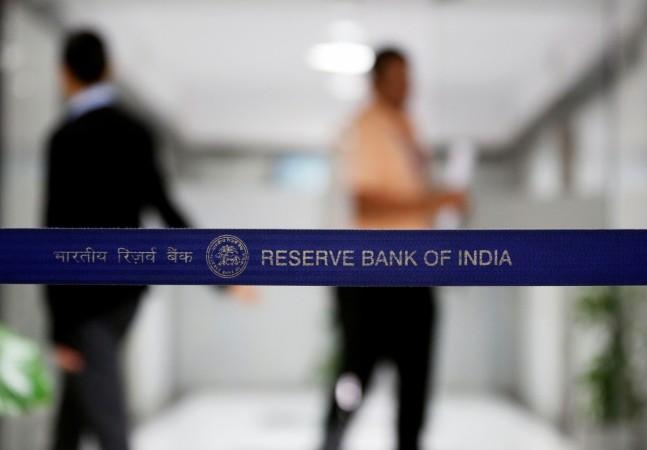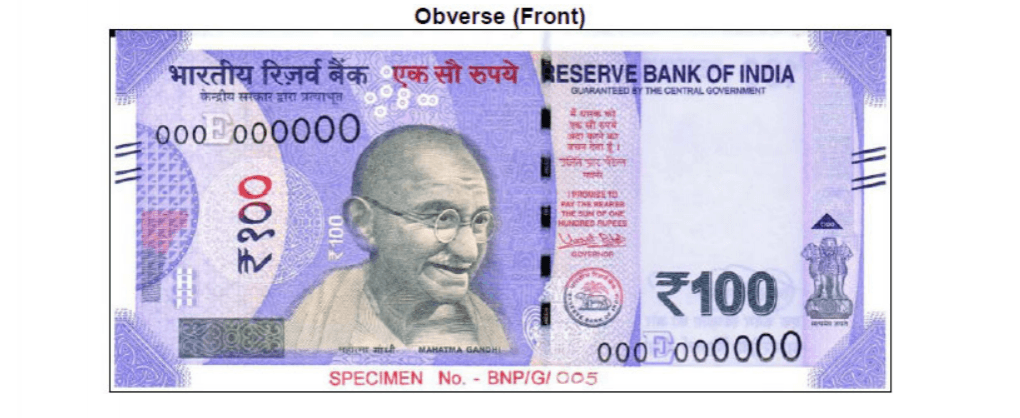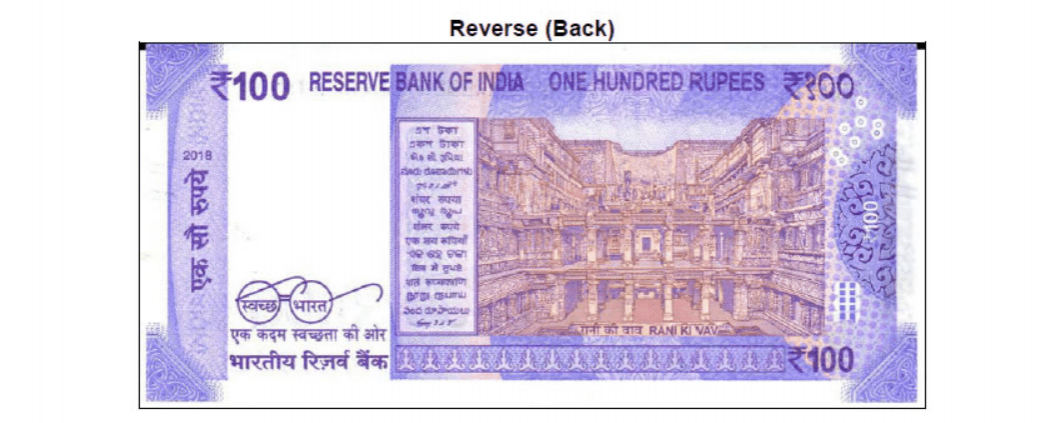Reserve Bank of India (RBI), the nodal agency of the monetary policy of the country revealed the soon-to-be-released Rs 100 denomination banknote design.
Since the demonetisation of the high-value currencies - Rs 1000 and Rs 500 - in November 2016, RBI issued Rs 2000, and new Rs 500 notes, later followed by Rs 200 notes. They also brought in new shades of Rs 50 and Rs 10 notes. It has now been announced that new lavender-hued Rs 100 will be introduced in circulation soon.
The current powder blue Rs 100 will not be made void immediately after the release of the new coloured note. However, it will be phased out over a period of time.
In addition to the colour, RBI has incorporated 11th century old Rani Ki Vav (meaning queen's step-well), a UNESCO's World Heritage site situated in Patan, Gujarat. "The note has other designs, geometric patterns aligning with the overall colour scheme, both at the obverse and reverse. The dimension of the banknote will be 66 mm × 142 mm," RBI noted.
Since they will be a new size, the lavendar-hued notes will not be available in ATMs just yet, but once they are recalibrated, the notes will be dispensed, probably in a month or two.
New security features have also been added for quick validation along with simple identification marks for visually challenged people.

It can be noted that the new lavender-hued Rs 100 is the first-ever 'Made-in-India' banknote. All the material such as the ink, the paper used for making this denomination is sourced locally. Also, the security identification marks and overall design of the note is conceptualised by Bharatiya Reserve Bank Note Mudran Private Limited (BRBNMPL) in Mysuru, Karnataka.
Here are salient and security features of the new Rs 100 banknote:

The obverse (Front)
1. See-through register with denominational numeral 100
2. Latent image with denominational numeral 100
3. Denominational numeral १०० in Devanagari script
4. Portrait of Mahatma Gandhi at the centre
5. Micro letters 'RBI', 'भारत', 'India' and '100'
6. Windowed security thread with inscriptions 'भारत' and RBI with colour shift; Colour of the thread changes from green to blue when the note is tilted
7. Guarantee Clause, Governor's signature with Promise Clause and RBI emblem towards the right of Mahatma Gandhi portrait
8. Ashoka Pillar emblem on the right
9. Mahatma Gandhi portrait and electrotype (100) watermarks
10. Number panel with numerals in ascending font on the top left side and bottom right side
11. For visually impaired intaglio or raised printing of Mahatma Gandhi portrait, Ashoka Pillar emblem raised triangular identification mark with micro-text 100, four angular bleed lines, both on the right and the left sides.

Reverse (Back)
12. Year of printing of the note on the left
13. Swachh Bharat logo with the slogan
14. Language panel
15. The motif of RANI KI VAV
16. Denominational numeral १०० in Devanagari script








